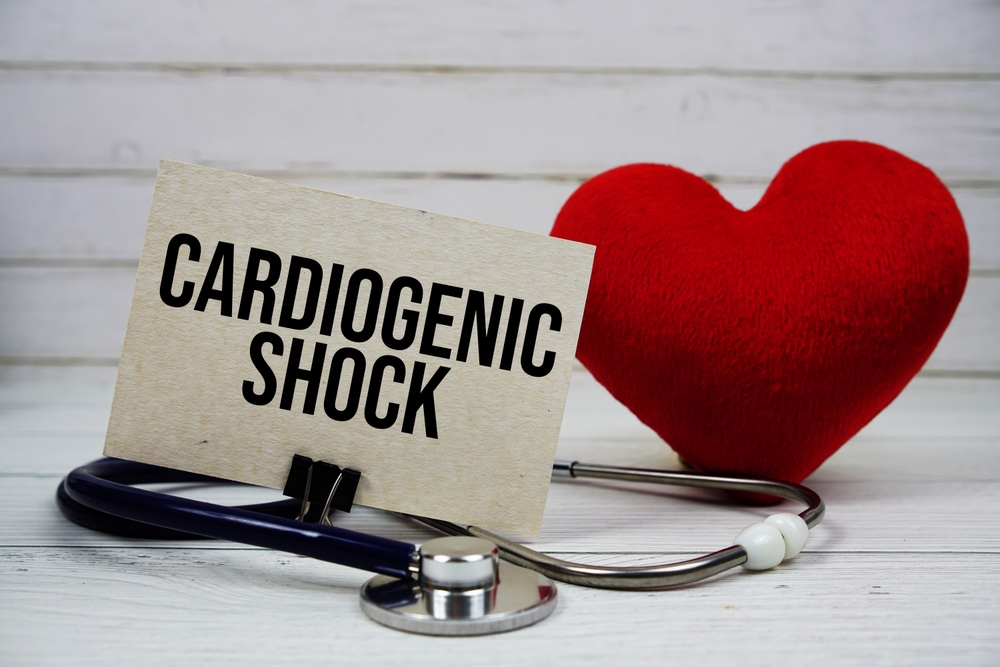Arq. Bras. Cardiol. 2024; 121(8): e20240512
No Time to Die
This Short Editorial is referred by the Research article "Cost-Utility of Venoarterial Extracorporeal Membrane Oxygenation in Refractory Cardiogenic Shock: A Brazilian Perspective Study".
Extracorporeal Membrane Oxygenation (ECMO) is an advanced life-support technology providing prolonged cardiac and respiratory support for patients whose hearts and lungs cannot function adequately. The concept of using a machine to replace these functions dates back to 1931 when John Gibbon, a surgical resident in Boston, treated a woman with a pulmonary embolism. Without available treatments, he could only watch her deteriorate and pass away. This experience led Gibbon to envision a method to oxygenate blood outside the body and bypass blockages. By 1934, he developed a machine that could support a cat’s circulation for thirty minutes, and in 1952, he successfully used the machine on a human, marking the beginning of modern open-heart surgery.
In 1971, Donald Hill used an extracorporeal circuit with a specially designed oxygenator to support a man with respiratory failure for thirty-six hours, making him the first human to survive on ECMO. In 1975, Robert Bartlett and his team used ECMO to save a newborn with respiratory failure. In the following years, hundreds of similar cases were treated with an eighty percent survival rate, establishing ECMO as a standard in major pediatric centers. The use of ECMO in adults has expanded, particularly for conditions refractory to conventional treatments during the H1N1 epidemic and later during the SARS-CoV-2 pandemic., This increase is due to improved cannulation techniques and advancements in pumps, oxygenators, and cannulas. Despite these improvements, selecting appropriate candidates and managing their daily care remains challenging.
[…]
190

